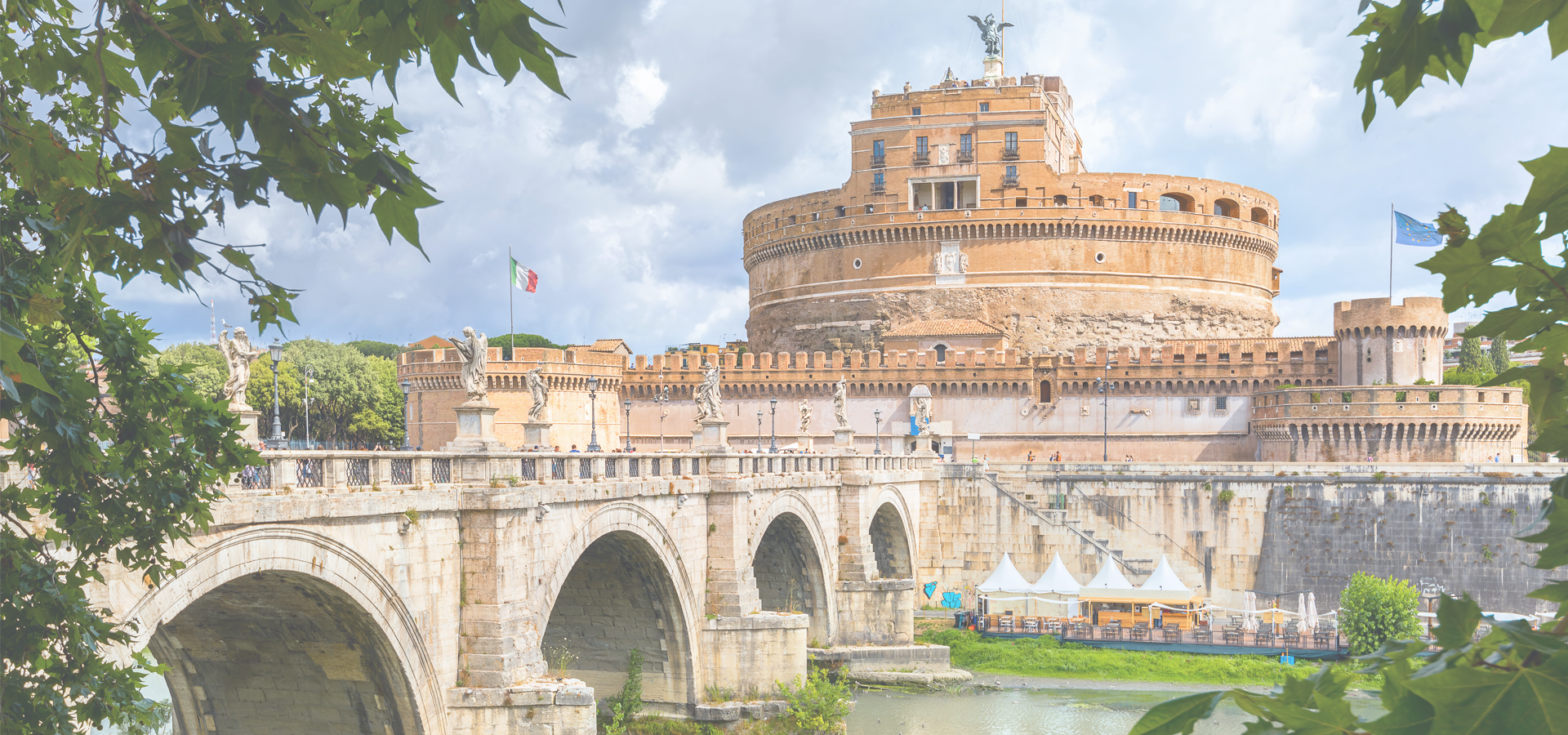Capo d'Orlando, Metropolitan City of Messina, Sicily, Italy
🇮🇹 Capo d'Orlando (Capu d'Orlannu) is a comune in the Metropolitan City of Messina, Sicily, southern Italy, one of the main centres of the mountain and coastal Nebrodi area.
Territory A large part of the town is mainly located on a narrow plain, enclosed between the sea and a hill range which extends parallel to it. Here, various frazioni are located: San Martino (the most populated), Scafa, Piscittina, Forno Alto, Catutè, Certari e Malvicino, all are located at between 50 and 300m of altitude. On the western side, the frazioni of Forno Medio, Trazzera Marina, Piana, Furriolo, Bruca, Vina, Masseria, San Giuseppe and Tavola Grande are located. On the eastern coastline we can find the village of San Gregorio (Borgo di San Gregorio), in addition to the seaside area called Testa di Monaco, bordering the comune of Naso.
History After the destruction of the Greek colony of Agathyrnum by the Roman Republican Army, the only settlement was a tiny fisherman's village. In 1925 Capo d'Orlando was elevated to the status of Comune (council), as before it was included in the territory of Naso.
A railway station was made during the Fascist era in the early 20th century. During this century the population and tourist development quickly grew.
Modern and contemporary history In the following centuries, notably in the 18th and at the beginning of the 19th century, there had been years characterized for their long and dangerous floodings, which pushed the d’Amico counts to pass the possession to the comune of Naso. Floodings made yet a new opportunity for Capo d’Orlando: a very fertile plain was formed because of the sea activity, and the textile industry (that was already active since the 15th century in contrada Malvicino, together with the sugar canes cultivation) was experiencing a period of development. So, Capo d’Orlando combined the cultivations with the fishermen’s activity, and to protect the centre from pirates’ raids and to exploit the new resources, barons of Naso built a new fortified tower and a crushing site for the production of sugar.
In the same period, in the San Gregorio zone an almadraba was built, and so, Capo d’Orlando, specifically San Gregorio maritime village, which was the real hearth of the town until the end of the 19th century, reached a strong economic independence and its population started to grow, this happened also thanks to the finishing of the railway that passed through the centre and the strade statali (state roads) 113 Messina-Palermo and 116 Capo d’Orlando-Randazzo. Between the beginning of the 19th century and the beginning of the 20th century the tumults to get the autonomy from Naso started. Naso by then had the same economic and demographic relevance as the frazione and in order to keep the sea outpost, it gave pieces of territory to Capo d’Orlando. Nevertheless, the tumults still went on until thanks to Legge n. 1170 of 25th June 1925, Capo d’Orlando got its autonomy that started on 1th August, and that was sealed on 27th September of the same year.
Economy Tourism is one of the main resources of the local economy. The town also has a small marina for both fishing and tourist boats alike that also offers transportation to and from the Aeolian islands during the summer season and approximately 14 km of beaches, rocky shores that face the deep blue Tyrrenian sea making it an ideal spot to enjoy the summertime, early fall and late springtime. The location of Capo d'Orlando is also very peculiar because for a town that faces the sea, it is also very close (less than 20 km) to Nebrodi Mountain Regional Environmental Park: a fairly large extension of temperate woods, where is possible to hike to lakes, rivers, falls and tiny historical villages where everyone can enjoy the best of traditional Sicilian food and wine.
There are banks and commercial business firms along with several fair sized factories located nearby such as "Porte IMIC" (wooden and metal door manufacturer), "irritec" and "siplast" (irrigation systems).
Another economic factor is exploitation of the extensive presence of orange and lemon fields throughout the area.
Sport Capo d'Orlando is home to a second division basketball team, Orlandina Basket.
Rome Time

Capo d'Orlando has a population of over 13,256 people. Capo d'Orlando also forms part of the wider Messina Metropolitan City which has a population of over 277,584 people. Capo d'Orlando is situated near Messina.
Twin Towns, Sister Cities Capo d'Orlando has links with:
🇮🇹 Conversano, Italy 🇺🇸 Culver City, USA 🇦🇺 Fremantle, Australia🇮🇹 Barcellona Pozzo di Gotto 38.148
🇮🇹 Reggio Calabria 38.113
🇹🇯 Gorno-Badakhshan 38.098
🇵🇱 Kamień Pomorski 14.767
🇨🇩 Mbanza-Ngungu 14.867
Locations Near: Capo d'Orlando 14.7333,38.15
🇮🇹 Barcellona Pozzo di Gotto 15.221,38.148 d: 42.6
🇮🇹 Acireale 15.166,37.613 d: 70.8
🇮🇹 Catania 15.083,37.5 d: 78.5
🇮🇹 Messina 15.553,38.178 d: 71.7
🇮🇹 Reggio Calabria 15.652,38.113 d: 80.4
🇮🇹 Caltanissetta 14.063,37.49 d: 94.1
🇮🇹 Caltagirone 14.5,37.233 d: 104
Antipodal to: Capo d'Orlando -165.267,-38.15
🇹🇴 Nuku'alofa -175.216,-21.136 d: 17896.2
🇦🇸 Pago Pago -170.701,-14.279 d: 17307.4
🇼🇸 Apia -171.76,-13.833 d: 17236.3
🇵🇫 Papeete -149.566,-17.537 d: 17260.9
🇺🇸 Hilo -155.089,19.725 d: 13492.4
🇺🇸 Maui -156.446,20.72 d: 13404.5
🇺🇸 Maui County -156.617,20.868 d: 13390.7
🇺🇸 Wailuku -156.505,20.894 d: 13386.2